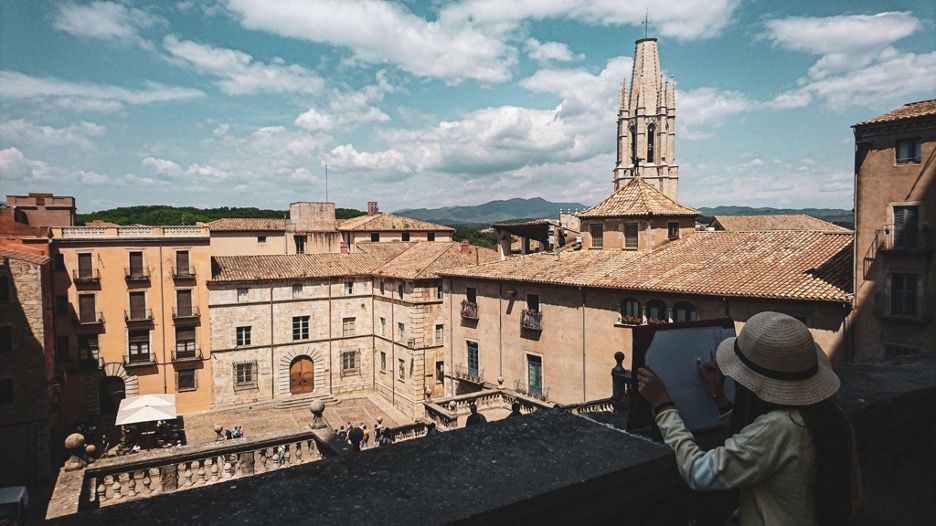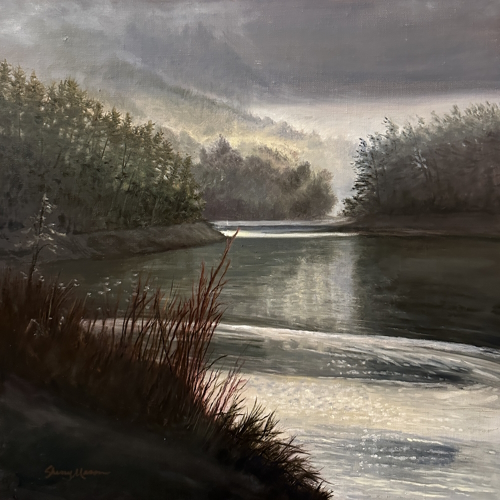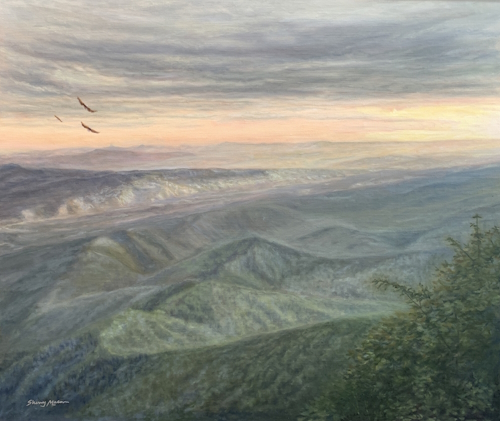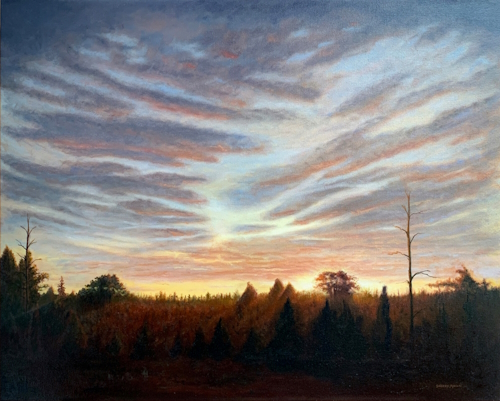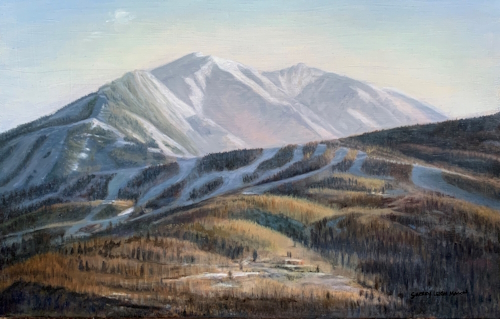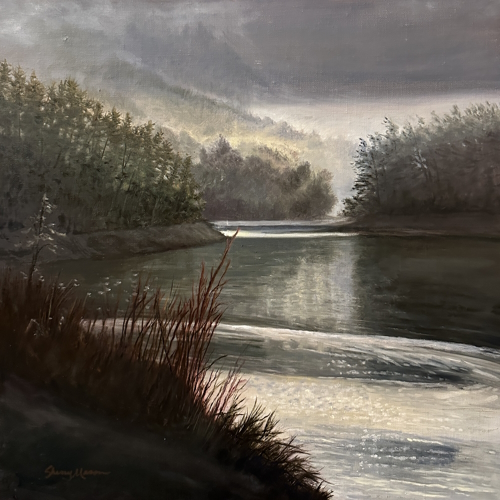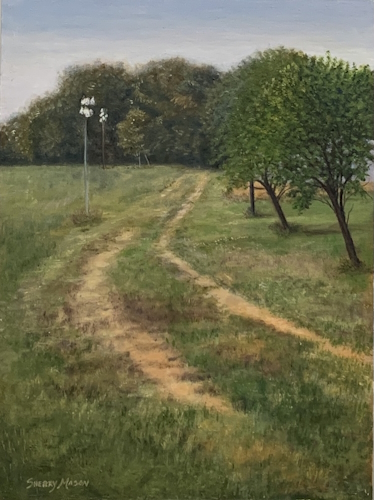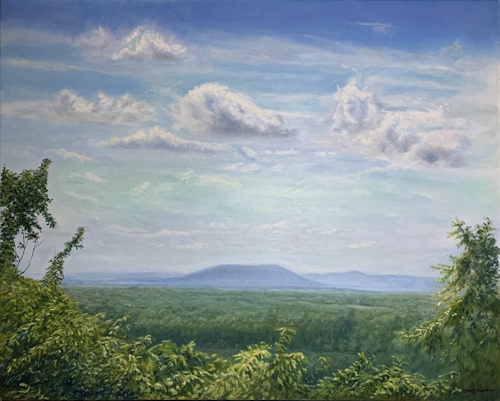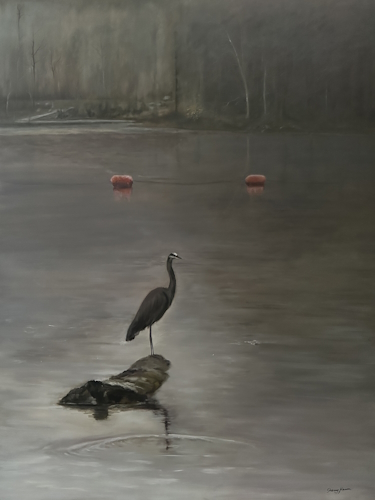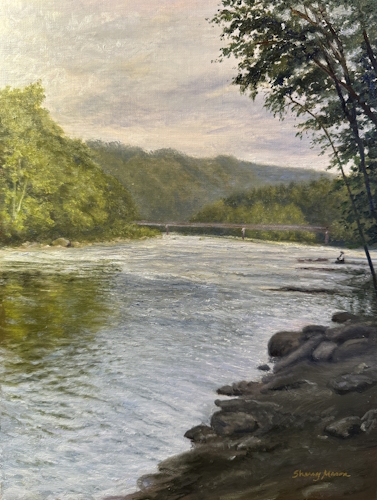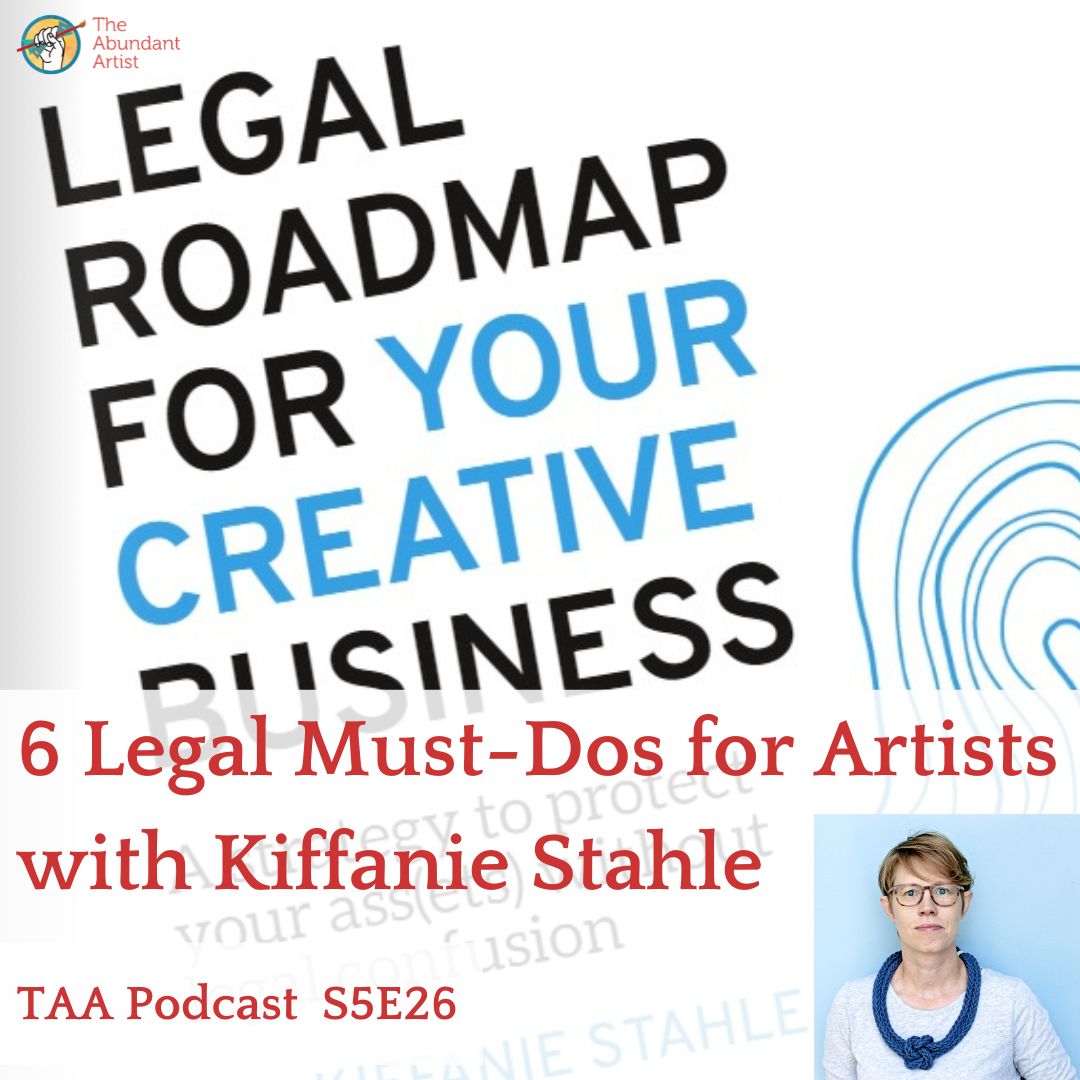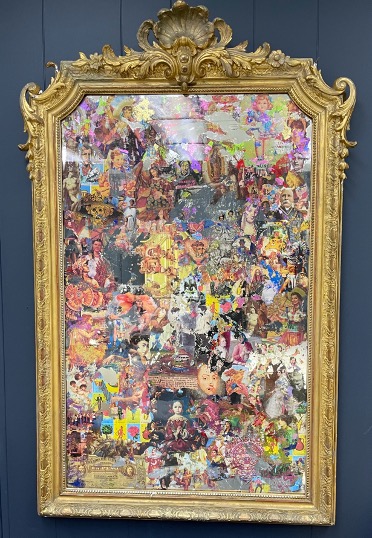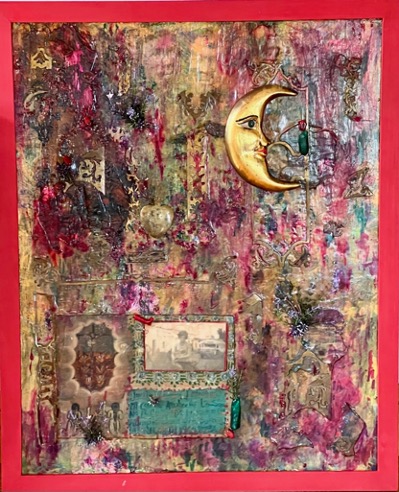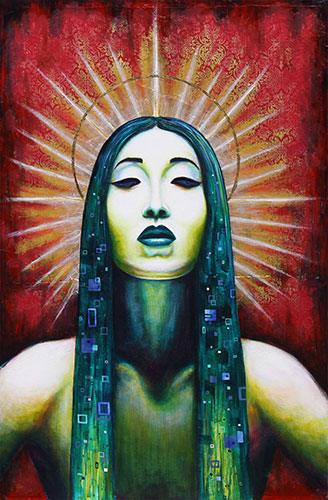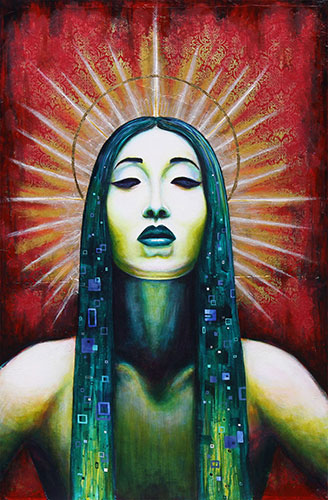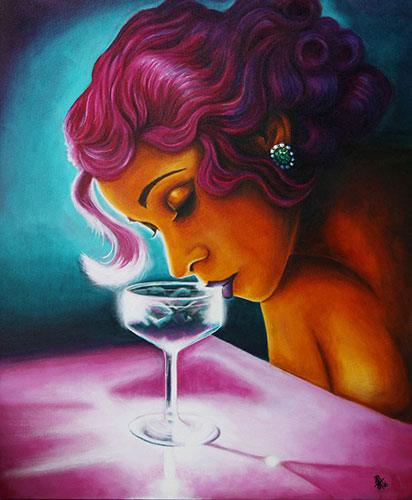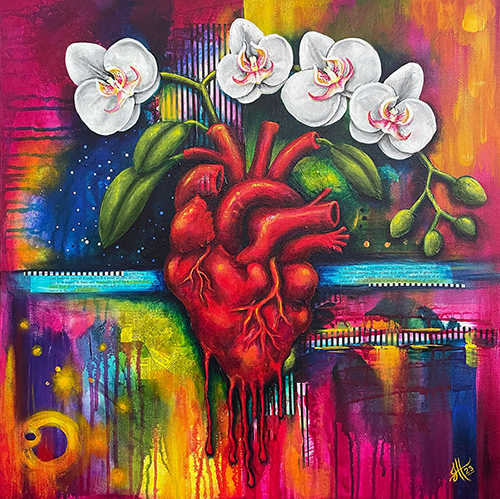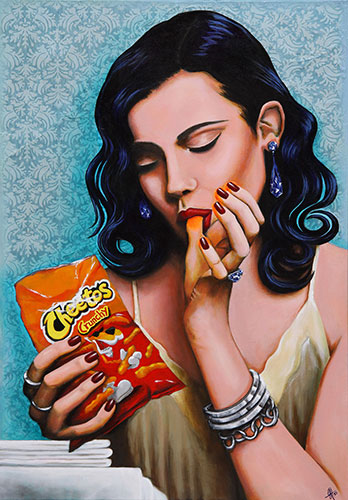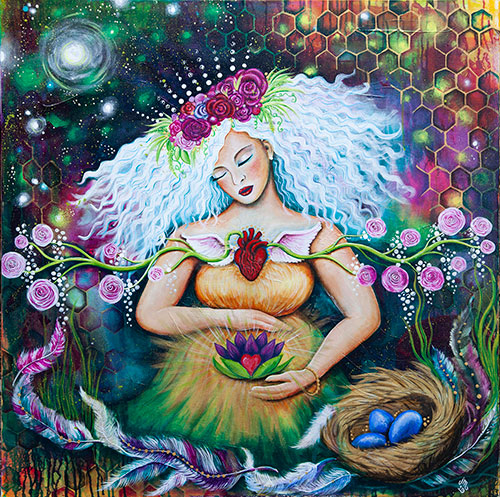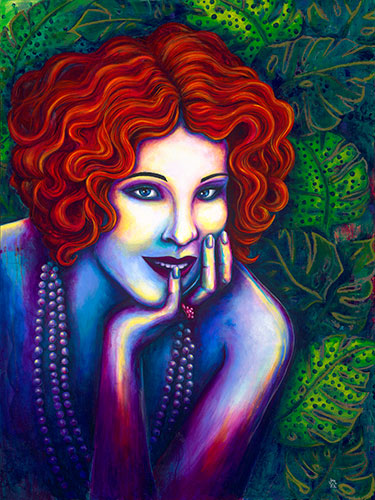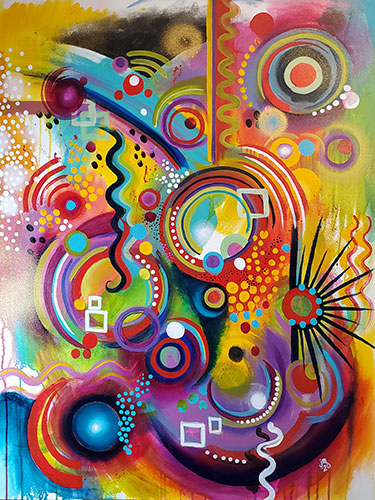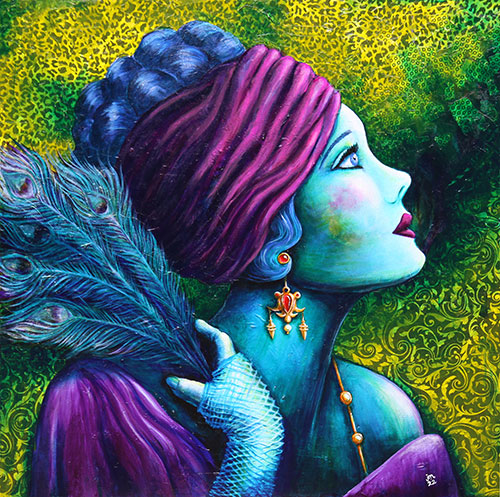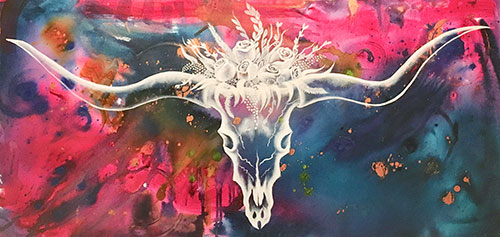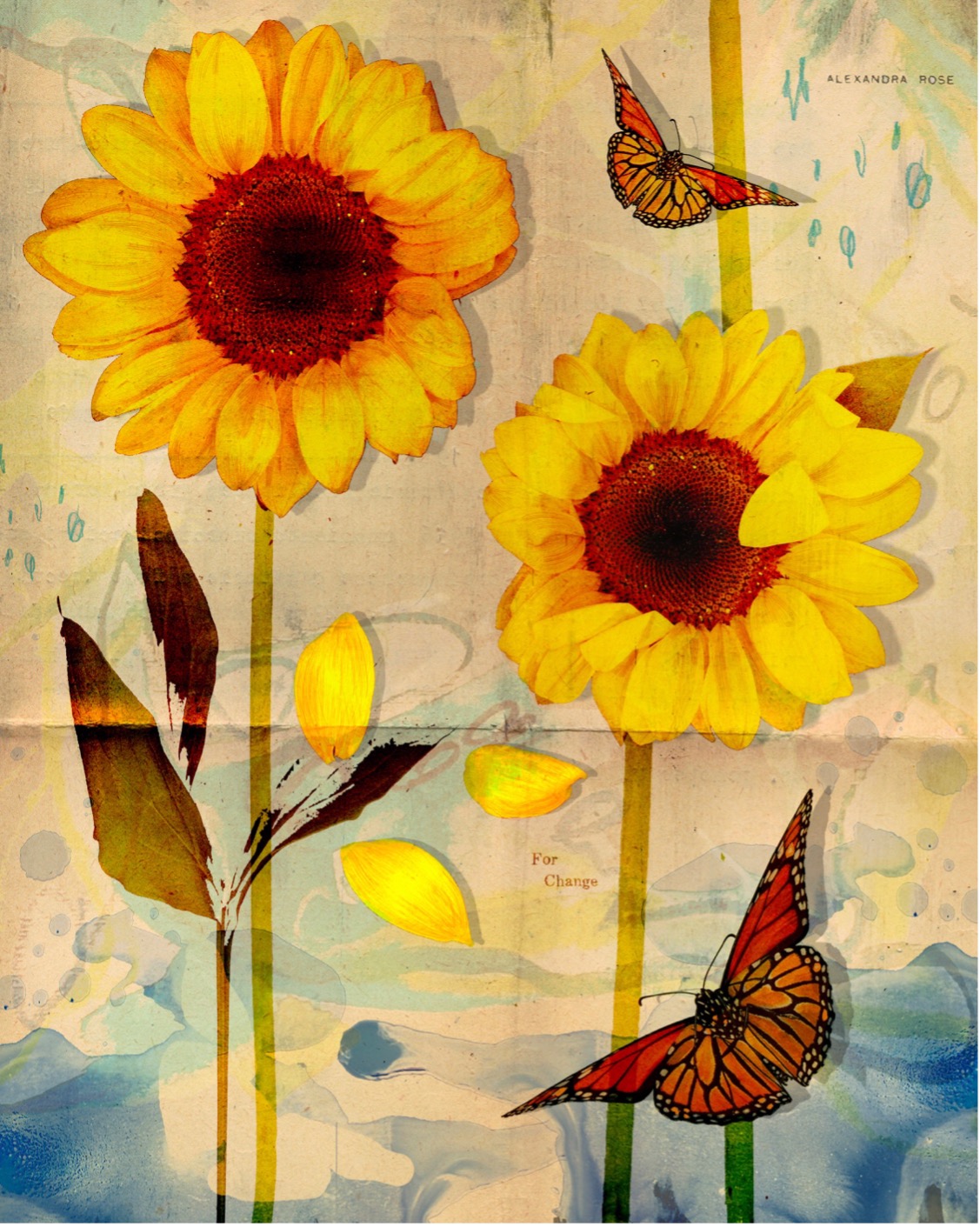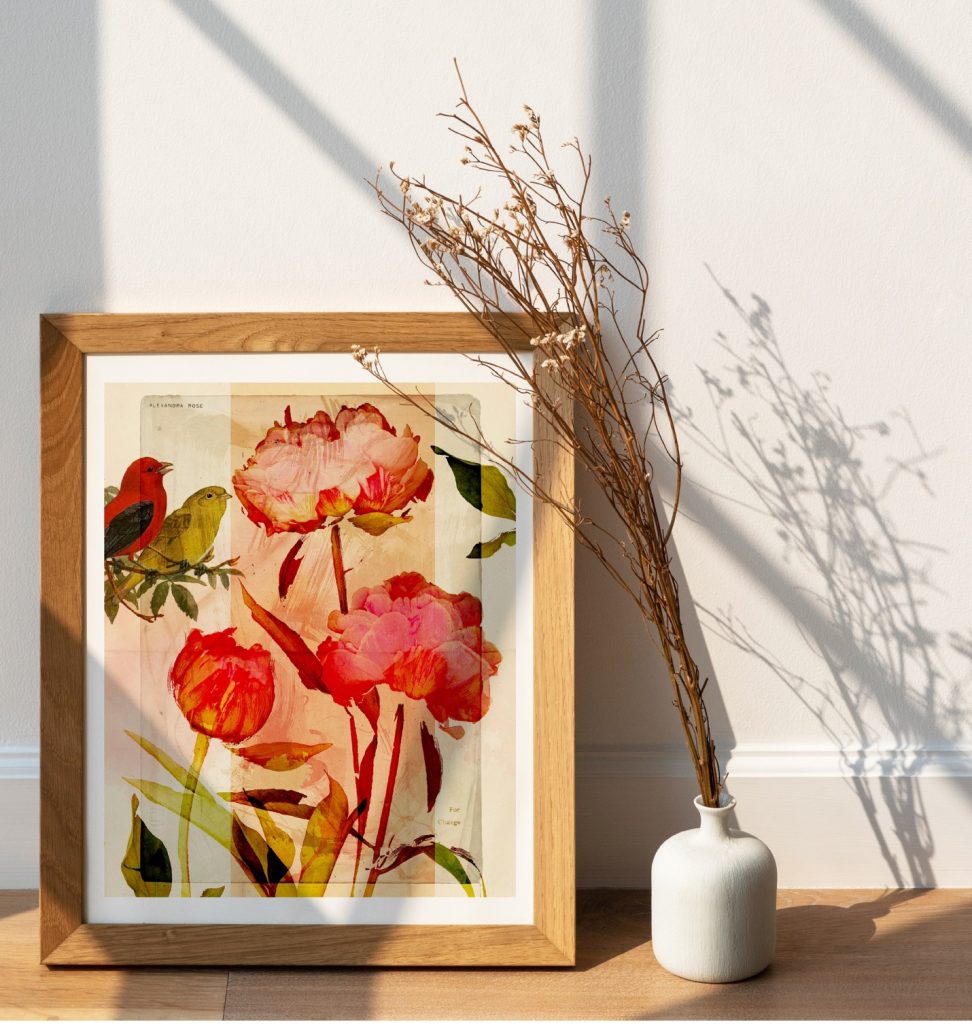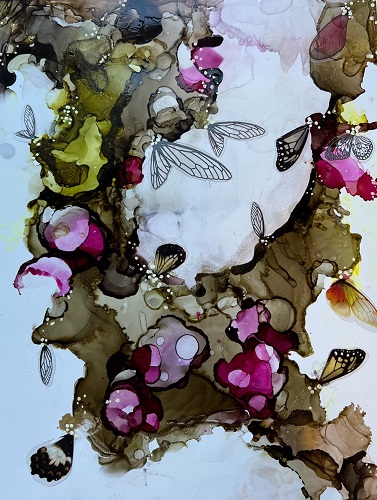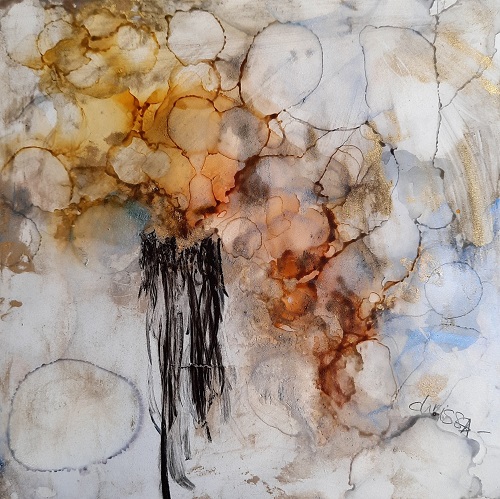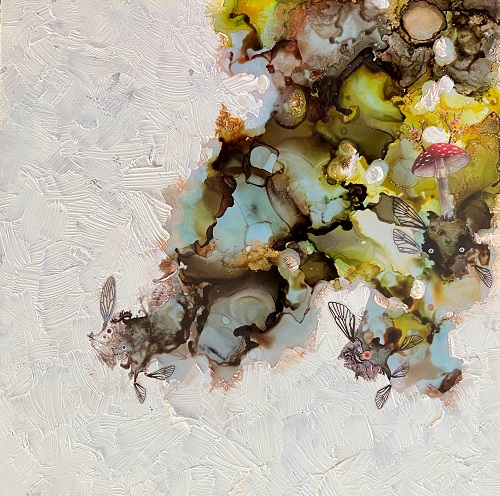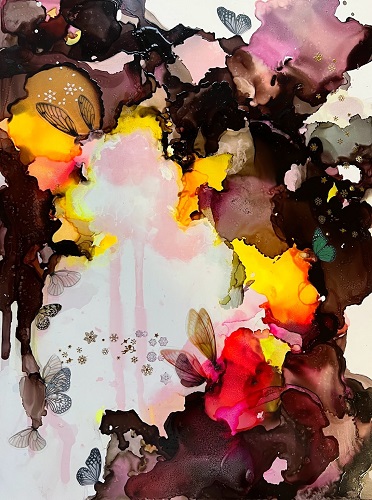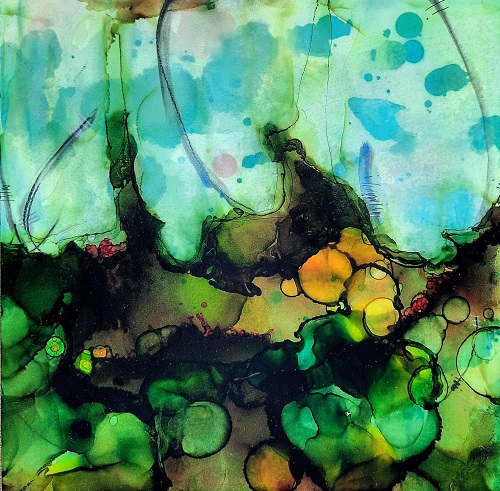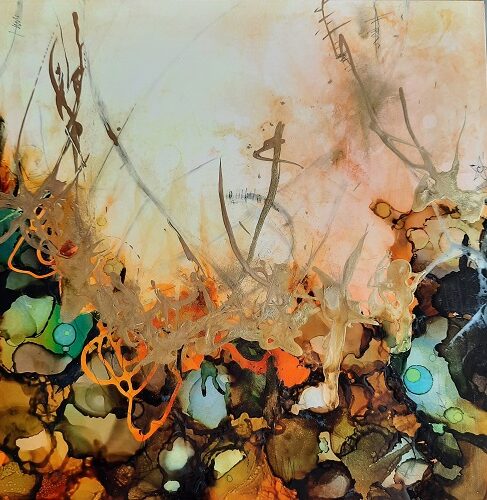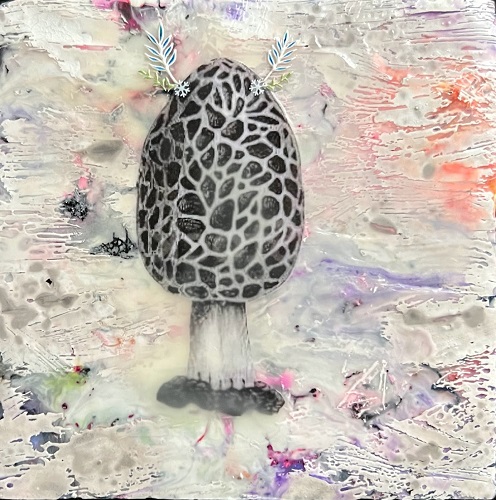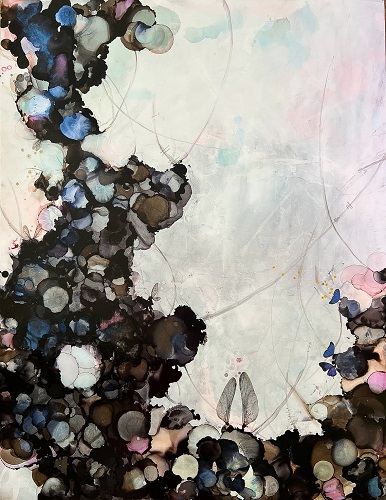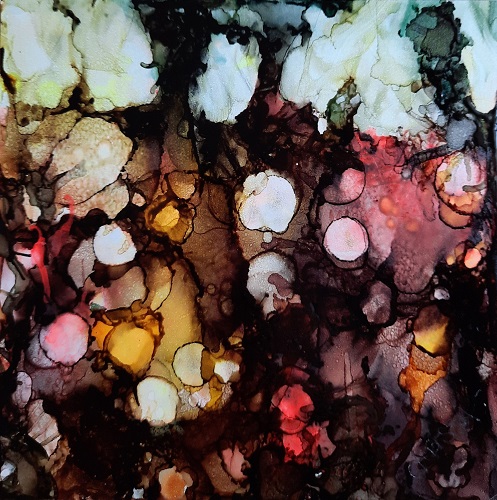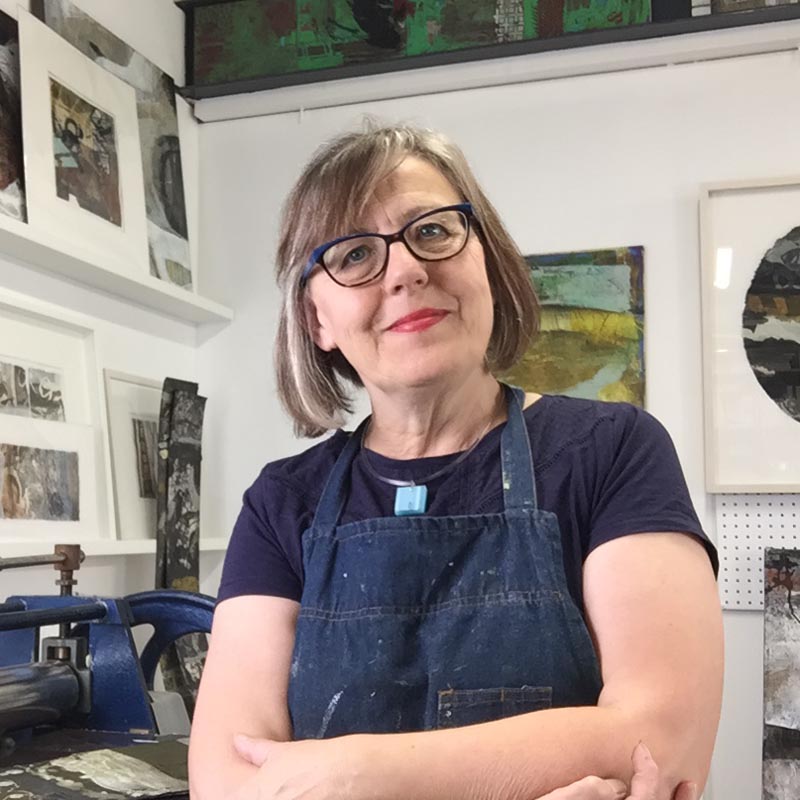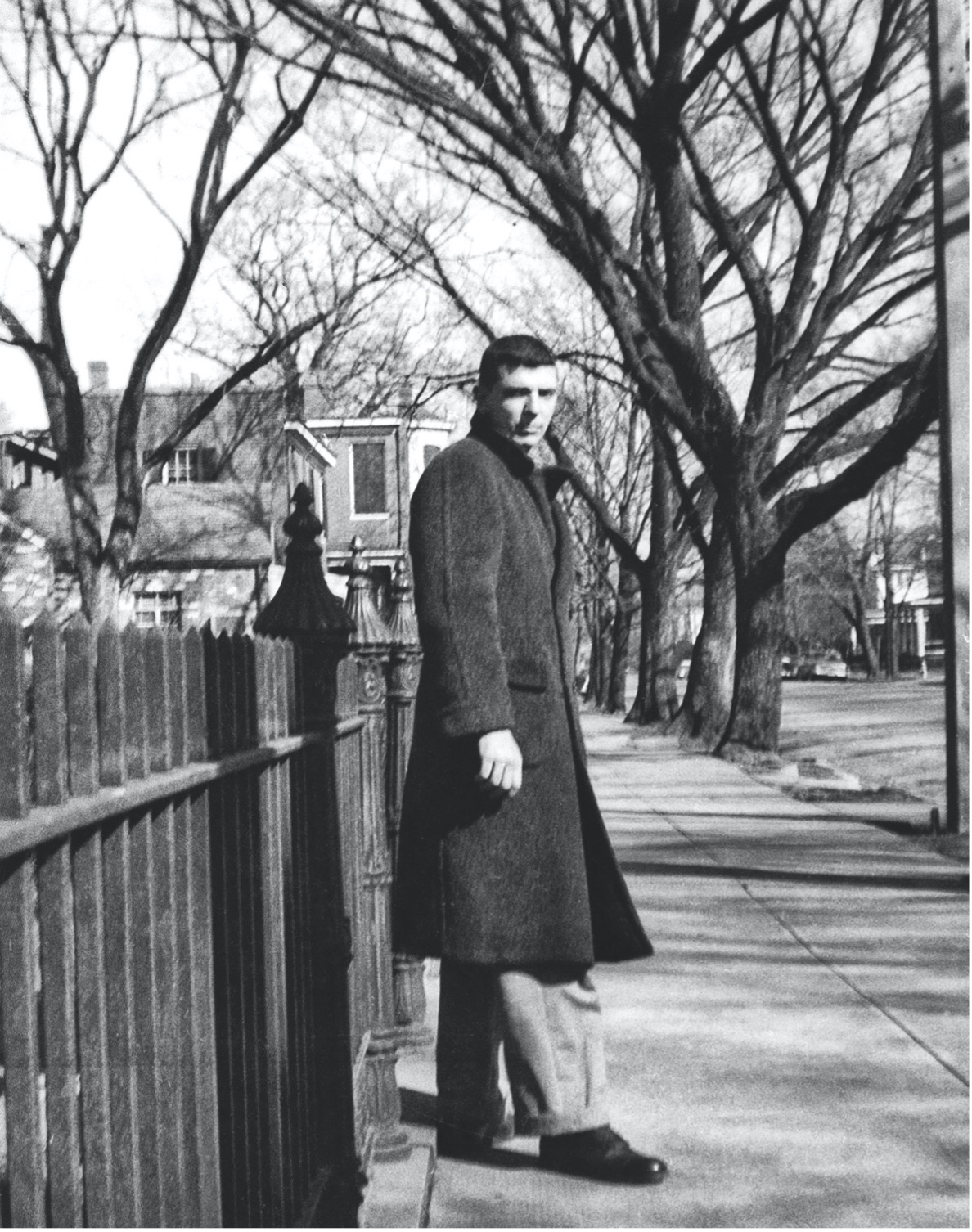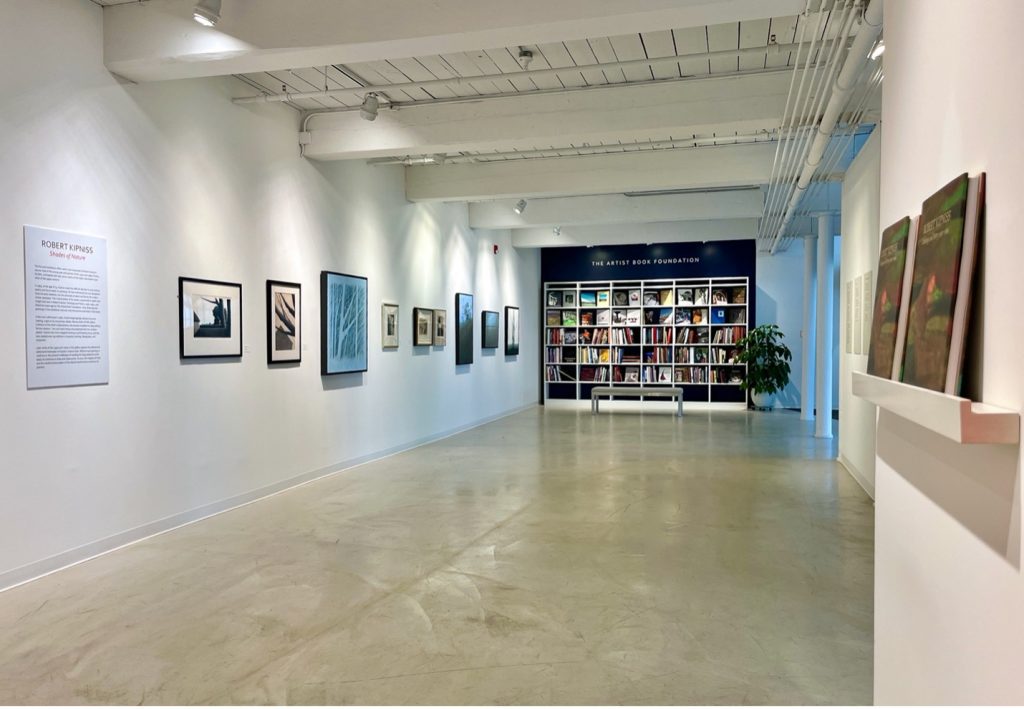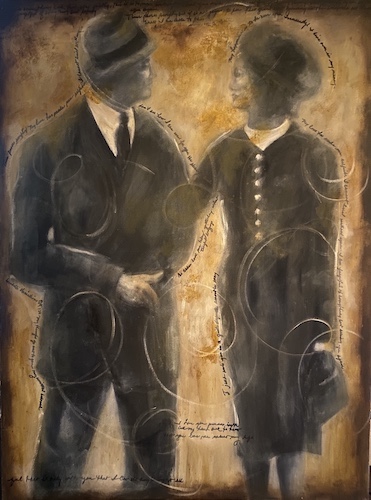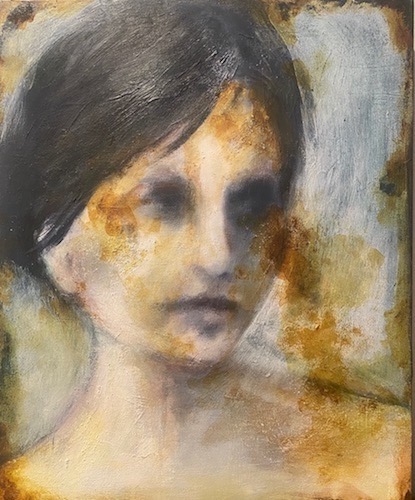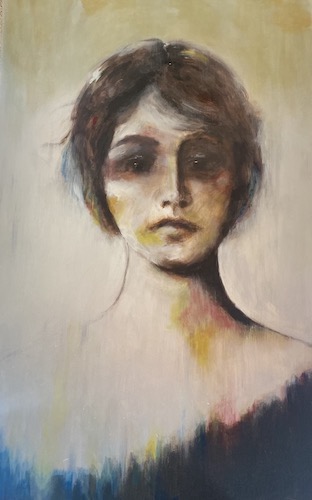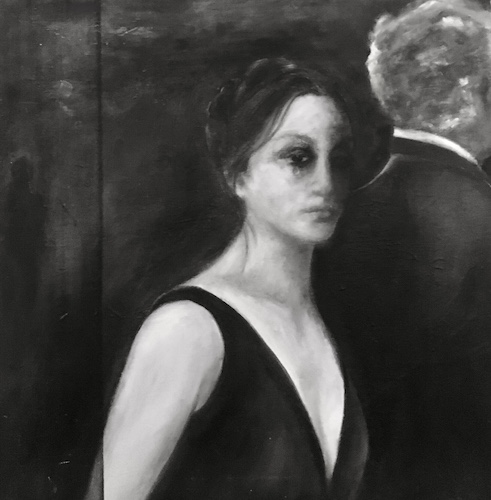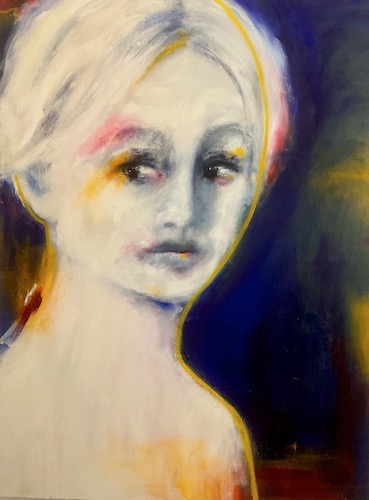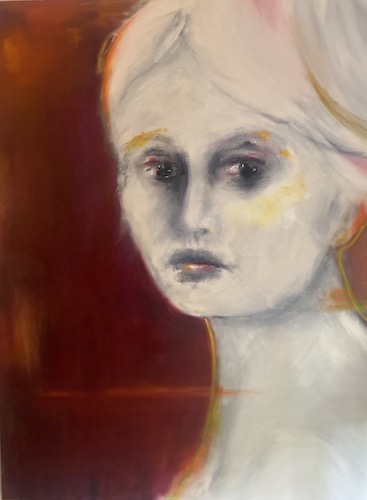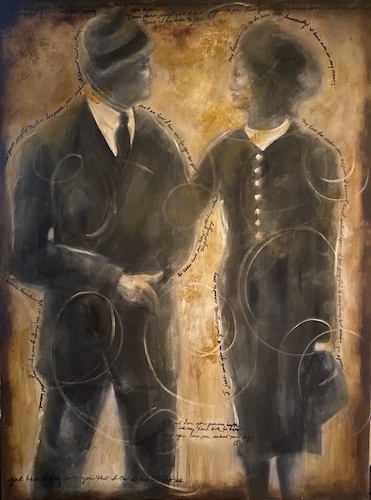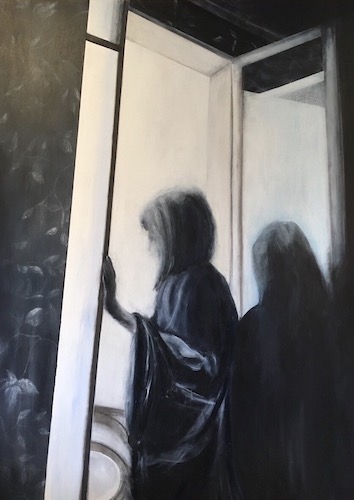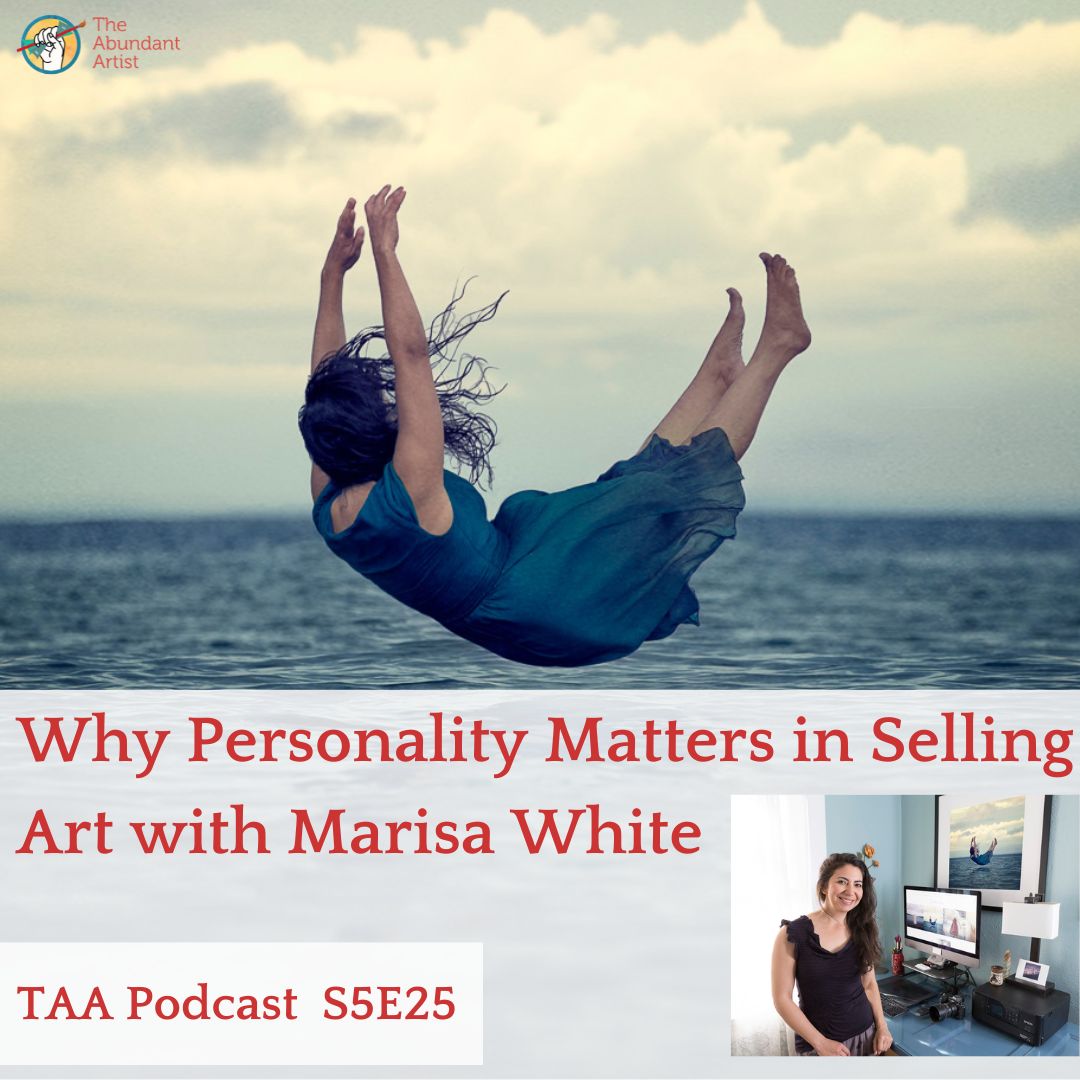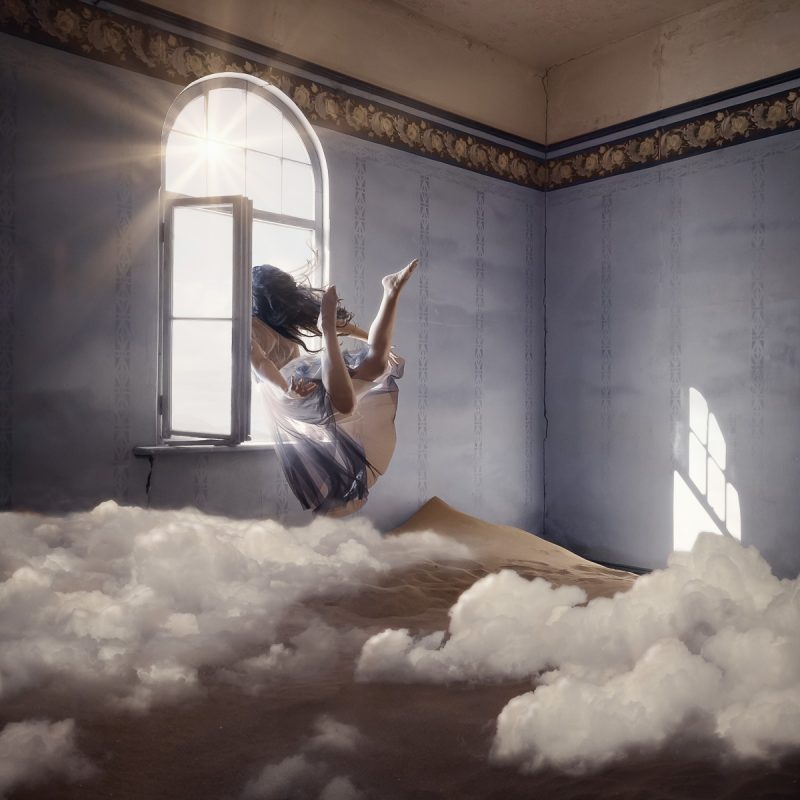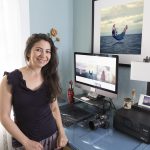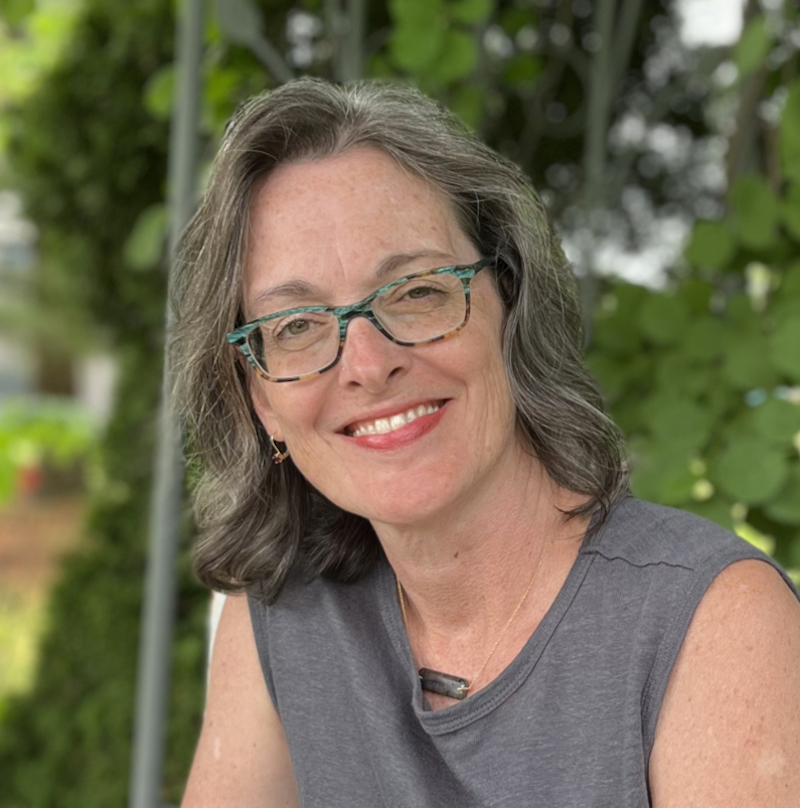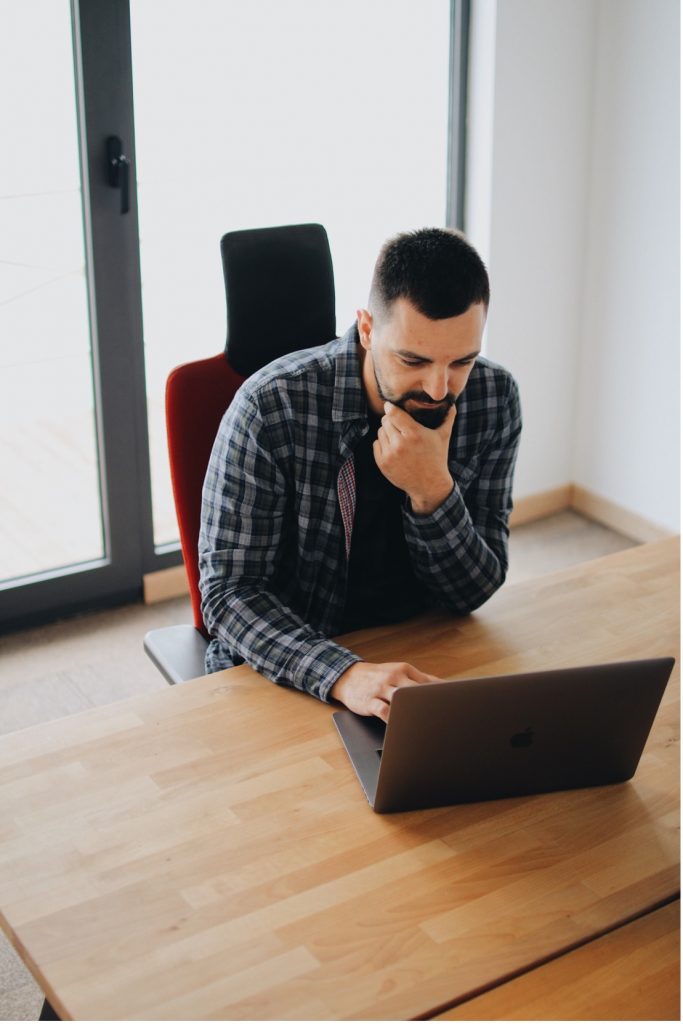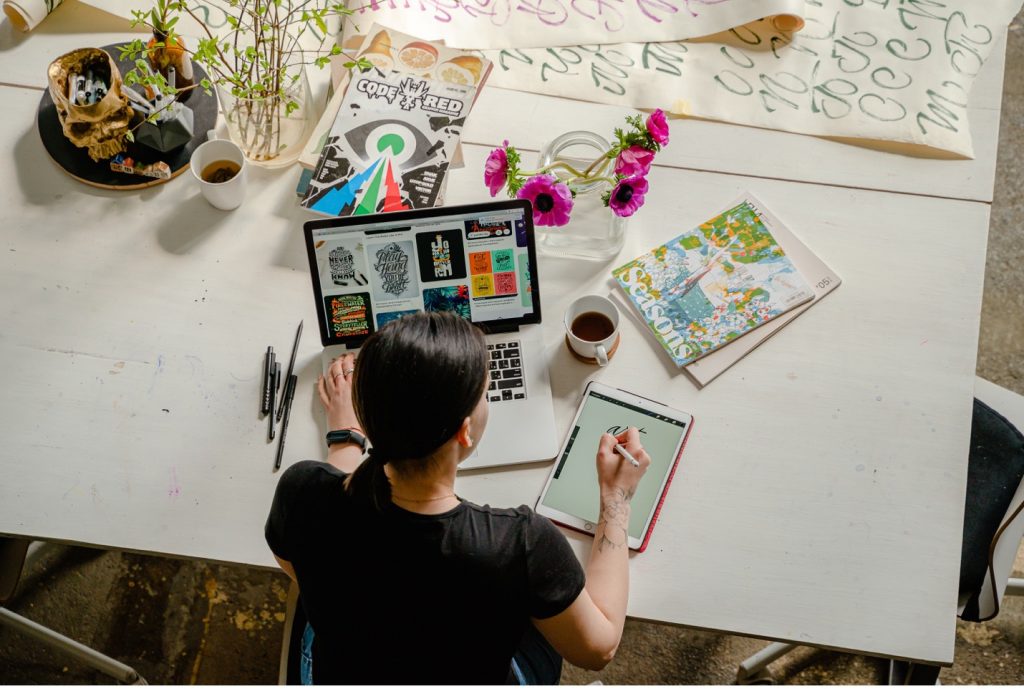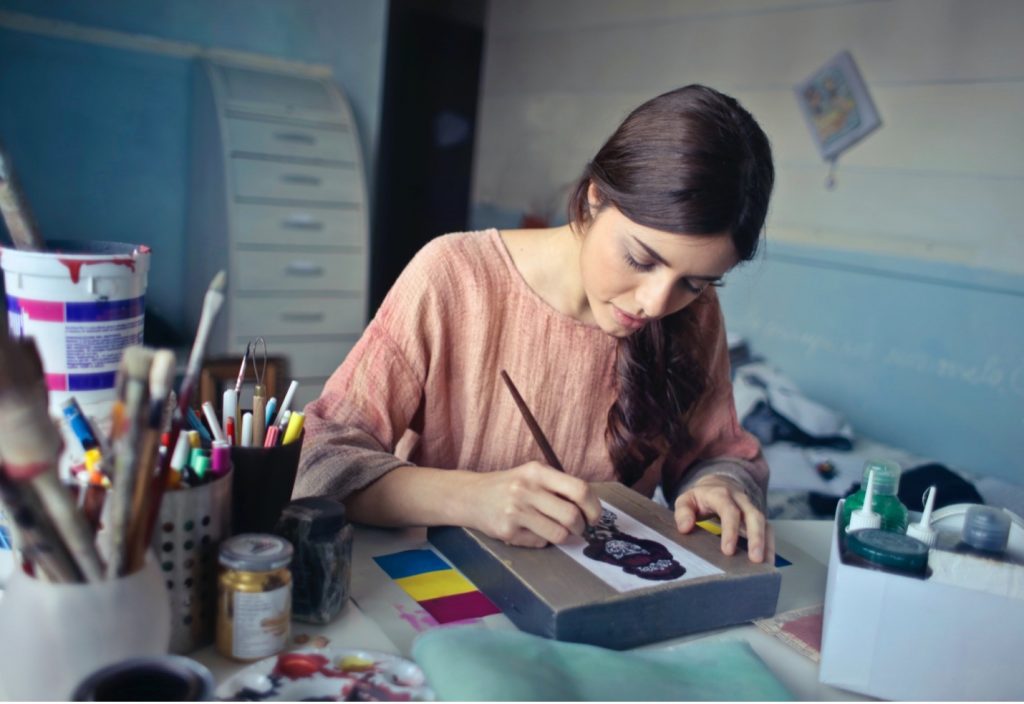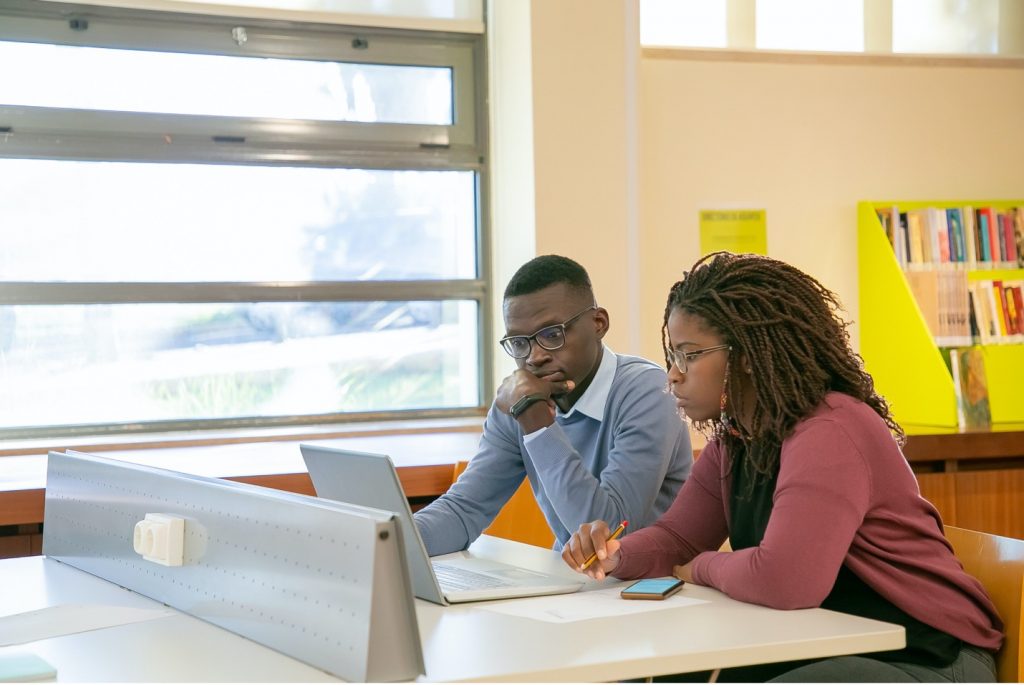Artists On The Move: How Changing Locations Can Influence Your Creative Process
[ad_1]
In artistry, the environment often plays a pivotal role in shaping creativity and vision. For art enthusiasts, industry professionals, galleries, dealers, and especially artists, understanding how changing locations can influence your creative process can unlock new dimensions of expression. Just as networking in the art industry opens doors to new collaborations and opportunities, a shift in geographical setting can usher fresh perspectives and inspirations. This exploration dives deep into the transformative power of relocation, laying out its profound impact on the canvas of imagination.
The History of Artists Changing Scenery
Throughout the rich tapestry of art history, the allure of new horizons has been a siren call for creators to pursue deeper inspiration and novel perspectives. Iconic figures like Van Gogh, who ventured from the cool terrains of the Netherlands to the sun-drenched landscapes of southern France, experienced discernible transformations in their artistic outputs post-move.
When one dedicates time to studying the history of art, this trend becomes unmistakably evident: shifts in location have often led to pivotal changes in techniques, color palettes, thematic focuses, and even emotional depth.
Moreover, the newfound exposure to contrasting cultures, environments, and aesthetic traditions broadened their worldviews and left indelible marks on their masterpieces. Beyond mere anecdotes, these historical instances offer powerful insights, revealing how changing locations can reshape and rejuvenate an artist’s creative process.
Image by Rosivan Morais for Pexels
How Changing Locations Can Influence Your Creative Process
At the intersection of geography and imagination, many factors explain how changing locations can influence your creative process. Venturing into a new environment acts as a catalyst, stoking the fires of creativity by presenting a fresh tableau of sights, sounds, and experiences. The psychological impact of such a change cannot be understated. Immersing oneself in a different culture or landscape exposes an artist to novel aesthetics, traditions, and perspectives.
That broadens the horizons of inspiration and challenges the artist to experiment and adapt. As a result, their artwork may take on new themes, utilize diverse techniques, or evoke varied emotions.
Furthermore, the influence of the surrounding community, with its unique dynamics and conversations, often seeps into the artist’s work, making creation an ever-evolving journey. Hence, it becomes evident how changing locations can be a transformative tool in the artist’s arsenal.
The Practicalities: Making the Move
Embarking on a journey to a new location is not just a matter of packing brushes and canvases. The decision to relocate carries many artistic and logistical considerations that can deeply impact one’s creative journey.
Choosing Locations Aligned with Artistic Goals
The first step involves identifying destinations that resonate with your artistic vision. Whether it’s the bustling art scenes of cities like Paris or New York or the serene landscapes of Tuscany or Kyoto, the location should serve as a fertile ground for your creativity.
Considerations Beyond Art
Beyond the aesthetics, factors like the cost of living, proximity to cultural hubs, and accessibility to prominent galleries or exhibitions play a significant role. Finding a balance is crucial, ensuring the new place is inspiring and practical.
Networking in the New Location
Once the move is made, integrating into the local art scene is paramount. Attend exhibitions, join local art groups, or engage in community projects. These connections can lead to collaborations, exhibitions, and even sales. Building a strong network can also provide valuable insights into the local art market and opportunities therein.
While the allure of a new location can be enticing, the pragmatic decisions surrounding the move ensure a seamless transition and sustained artistic growth.

Image by Olesia Lebedenko for Pexels
Embracing Change While Retaining Authenticity
The artistic journey is, at its heart, a continuum of evolution. Artists, like rivers, are shaped by the terrains they traverse, constantly reshaping while maintaining their essence. This balance becomes even more profound when considering how changing locations can influence your creative process. In this exploration, we delve deeper into the juxtaposition of embracing new surroundings while staying true to one’s artistic identity.
The Balance of New Influences
Every locale is a treasure trove of inspiration. Something always beckons an artist, whether it’s the vibrant color palettes of a tropical setting, the nuanced textures of an ancient city, or the rhythms of local folklore. While drinking from these wellsprings of inspiration is essential, artists should ensure that these new influences complement rather than dominate their original voice. It’s about creating a harmonious blend that adds depth and dimension to their work.
Continual Self-Reflection
The relationship an artist has with their work is deeply reflective. As they evolve, regular moments of reflection become critical. Evaluating their body of work, understanding the nuances introduced by new environments, and discerning the essence of their artistic voice are essential. This ongoing dialogue between the artist and their creations ensures they don’t stray too far from their foundational ethos while evolving.

Image by Andre Moura for Pexels
Grounding in Artistic Roots
Every artist carries a unique signature, a DNA that permeates their creations. This signature must remain consistent as they move and absorb the world around them. Think of it as the base melody in a piece of music; while instruments and rhythms might change, the central tune remains recognizable. Revisiting old works, connecting with long-standing mentors, and occasionally stepping back to one’s original environment can act as reminders of these roots.
Artists face a beautiful challenge as they traverse the globe and let their surroundings mold them. The essence lies not just in recognizing how changing locations influence the creative process but in marrying this external evolution with the timeless authenticity of their inner voice, creating a symphony that resonates both novelty and truth.
Final Thoughts
Becoming an artist is as much about external exploration as internal reflection. From the rich annals of art history to modern-day wanderings, it’s evident how changing locations can influence your creative process. But, amid these shifts, the true essence of an artist remains unyielding. This harmonious blend of the old and the new, the familiar and the foreign, creates timeless masterpieces. So, for every artist aspiring to leave a mark, remember that every location is a chapter, but your authentic voice is the story.
______________________________
About the Author:
Miah Cunningham is a seasoned art enthusiast and writer passionate about exploring the nexus between environment and creativity. Currently associated with onlinemovers.miami, Miah’s experiences with relocation, and her keen understanding of art come together to provide unique insights. Through her writings, she aims to guide artists and art enthusiasts on the transformative journey of changing locations, shedding light on the intricate dance between new influences and authentic expression.
[ad_2]
Source link
